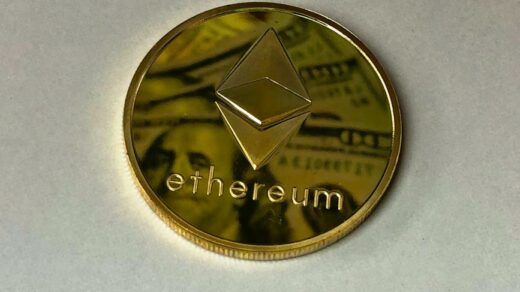Introduction to Web3
Web3, also known as Web 3.0, represents the next generation of internet experiences and services. In contrast to Web 2.0’s emphasis on user interaction and sharing, Web3 focuses on decentralized networks, real-time interactions and intelligent applications. As the future of internet services, Web3 has significant implications for blockchain and cryptocurrency ecosystems.
Moving beyond the Limitations of Web2 with Web3
Web2 has hit roadblocks in terms of user privacy, corporate control, and data monetization. With Web3, we’re beginning to see solutions for mitigating these kind of issues. Utilizing blockchain technology, Web3 promises more secure, private, and user-centered digital interactions.
As a result of blockchain’s distributed ledger technology, Web3 will offer decentralized platforms where no single entity has control over the data. This is a substantial shift from the conventional Web2 model, where applications like Google and Facebook have monopolized control over user data.
The Rise of dApps: Decentralized Applications
The greatest impact of Web3 on the blockchain and cryptocurrency ecosystem is the rise of dApps – decentralized applications. Unlike traditional applications that run on a single server, dApps run on a network of nodes, making them less susceptible to failure and offering increased privacy and security than their centralized counterparts.
Each dApp connects directly to the blockchain, providing full transparency in their transactions. This transparency fosters trust among users, which is integral to adoption and wide-scale use.
The Significance of Web3 in Cryptocurrency Trading
Web3 can streamline and enhance the process of cryptocurrency trading. Traditionally, trading has been a complicated process, requiring technical expertise to navigate exchanges and wallets successfully. However, Web3 simplifies this process, providing user-friendly interfaces and automated features, which is bound to make trading more accessible than ever before.
- Decentralized exchanges: Web3 enables peer-to-peer exchanges, also known as decentralized exchanges, which bypass intermediaries to facilitate direct crypto transactions.
- Smart contracts: These are self-executing contracts with terms directly written in the code, which allow reliable, automated transactions.
- Defi: Decentralized finance, or Defi, moves financial services onto blockchain networks, reducing the need for intermediaries and promising more efficient and fair financial systems.
Conclusion: Embracing the Web3 Revolution
Web3’s revolutionary technology is poised to reshape our digital interactions fundamentally. It is not just another tech trend; it’s an evolutionary step forward in how we view, use, and interact with the digital world.
As blockchain and cryptocurrency continue to disrupt traditional markets, harnessing the power of Web3 development will be crucial. So, get ready to navigate this new terrain by exploring more Web3 technologies, and remember, we’re not just building websites and apps anymore. We are constructing a new digital landscape, where decentralization,
transparency, and security reign supreme.
Thank you for reading our blog post! If you’re looking for professional software development services, visit our website at traztech.ca to learn more and get in touch with our expert team. Let us help you bring your ideas to life!


